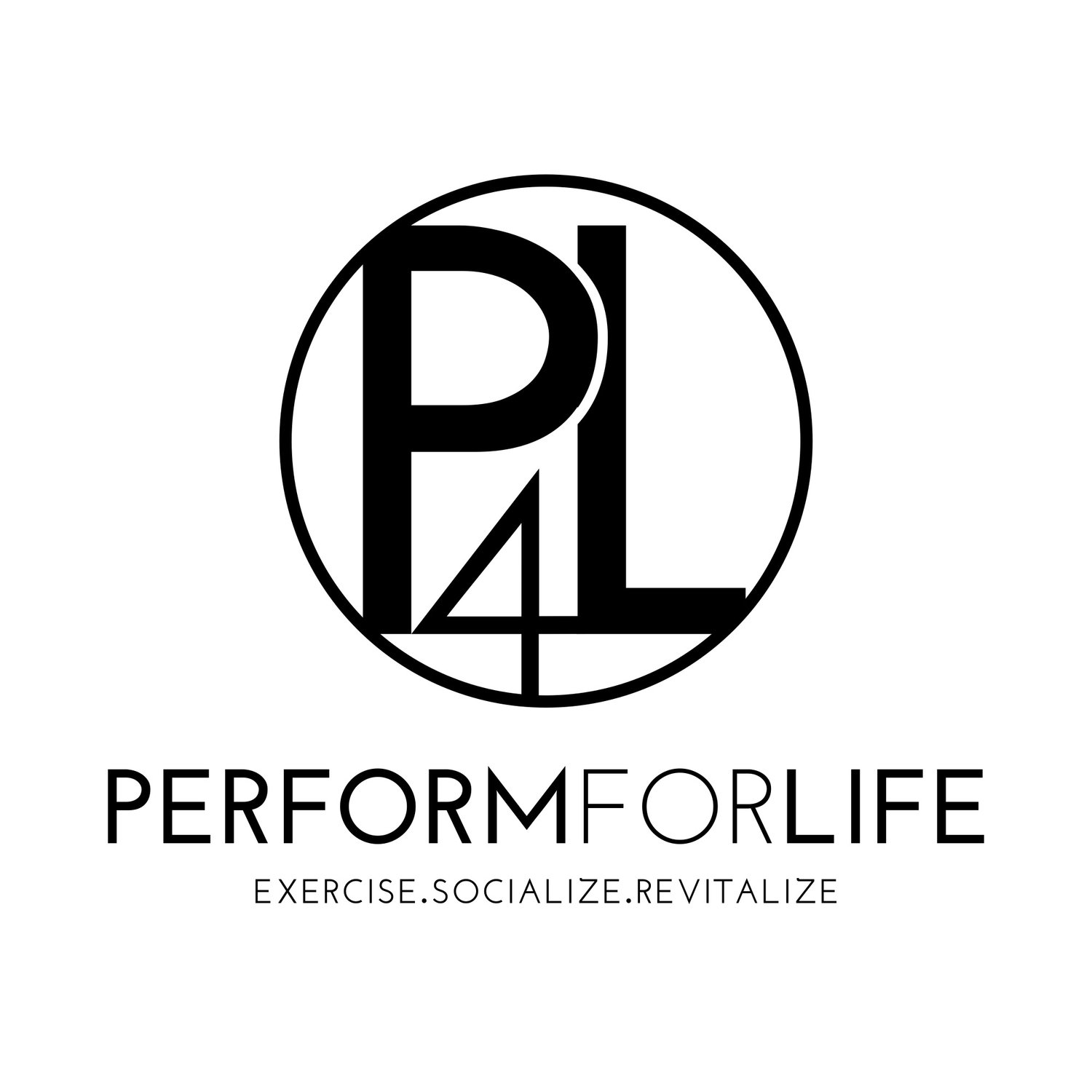How To Prepare For A Race - The Right Way
Whether you’re a recreational runner, weekend warrior, or aspiring runner, it’s vital that you take the proper measures when preparing for an upcoming race. By properly preparing for your race, you can improve your race time as well as prevent injury. Here are a few insights to consider before you gear up on race day.
Avoid overtraining and focus on your heart rate and maximum steady state
Overtraining syndrome is characterized by diminished physical performance, accelerated fatiguability, stress, irritability, and lack of sleep. One of the best ways to limit your likelihood of overtraining is by monitoring your heart rate using a device like a polar H-10. During high-intensity training, running, or strength-related workouts, your rest periods can be tracked using a heart rate monitoring device. This will allow you to gauge how quickly your heart rate stabilizes before it increases again during the next workout interval.
How to know if you are overtraining? If you’re having a hard time decreasing your heart rate by at least 50 percent, you may be overtraining or overreaching (at the brink of overtraining). To find out for sure, you should consider a VO2 test, which analyzes the body’s volume of oxygen consumption. Through a VO2 test, you’ll learn specific data that will help you to meet your race day goals. You can get a VO2 at Perform For Life’s newly established Run Lab. Our test can determine the following:
Your body’s maximum ability to consume, distribute, and utilize oxygen
What substrates (carbohydrates or fats) your body is relying on to fuel your workouts
What you can expect for your max race pace or max steady state, the highest intensity (speed) that your body can maintain for the duration of your race
The risks associated with overtraining: When overdone, aerobic training can be detrimental to the body’s ability to cope with stress. When your exercise intensity is highly defined by an increase in heart rate or physical demands on the body, the amount of time spent on the exercise should be decreased. Simply put: for optimal recovery, you should have a longer rest period between days of high-intensity training.
Prevent injury by strengthening your muscular imbalances
Injury: If you’ve been a runner for a while, you may know that the greatest risk factor for a future injury is a previous injury. The truth of the matter is that running is one of the leading causes of overuse injuries. An overuse injury occurs as a result of repeated stress on the body due to poor posture and muscle function - causing areas of the body to break down over time, resulting in small to large-scale injuries.
What is a gait analysis and how can it can help? In addition to VO2 testing at our Run Lab, Perform For Life is also offering gait analyses. A gait analysis is a precise assessment of how the body moves during the gait cycle, and a gait cycle is the sequence of movements in which your foot contacts the ground during walking or running. When you run, you spend 40 percent of the time on one leg which means, during a gait cycle, the forces you put into the ground can be up to 7x your bodyweight. For example: if you weigh 150lbs, you can potentially put up to 1,000lbs of force into the ground on one foot. And, depending on how your foot interacts with the ground, that force can dictate both the amount of stress your body absorbs and how it absorbs it.
Through a gait analysis, you can determine muscular imbalances such as those that lead to foot pronation and eversion, which occurs when the foot collapses inward and turns outward. This in turn causes the knee to collapse inward and the hip to shift to the side. These faulty mechanics lead to foot, knee, and hip injuries such as plantar fasciitis, ligament issues, hamstring strains, IT band syndrome, knee pain, and hip pain...just to name a few.
With the help of a strength and conditioning coach, physical therapist, or athletic trainer, you can identify any imbalances that you may have and figure out how to improve them and treat them before the day of your race.
Breakdown of what you need:
A proper workout regimen that allows for rest days between high-intensity workouts
A consistent way of tracking your heart rate
VO2 testing to analyze oxygen intake, substrate consumption and max race pace aka max steady state
A routine to care for previous injuries so that you can avoid new ones
Gait analysis testing to increase efficiency and identify any muscular imbalances that can cause harm before, during, or after your race
Follow the link to book your VO2 test and gait analysis today.

